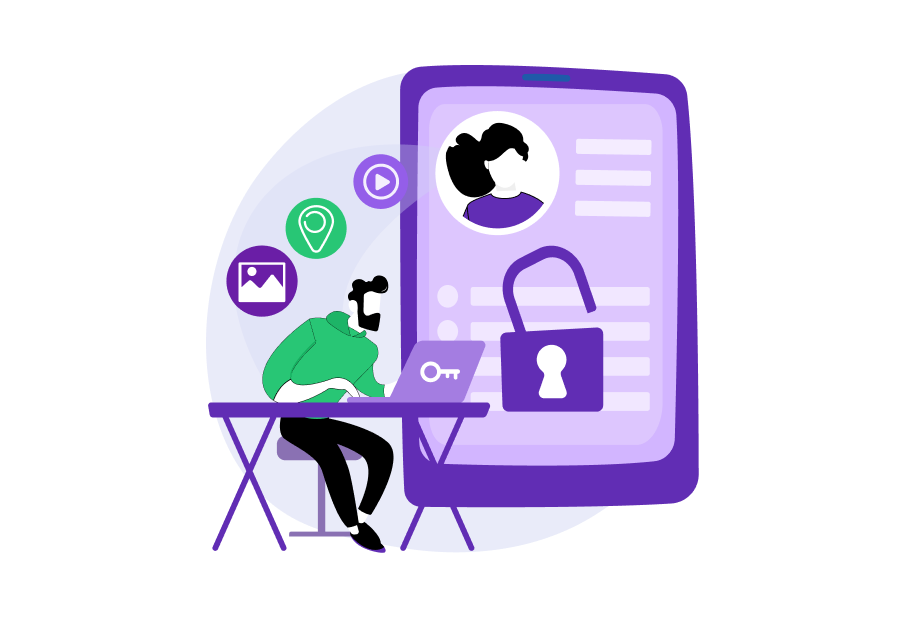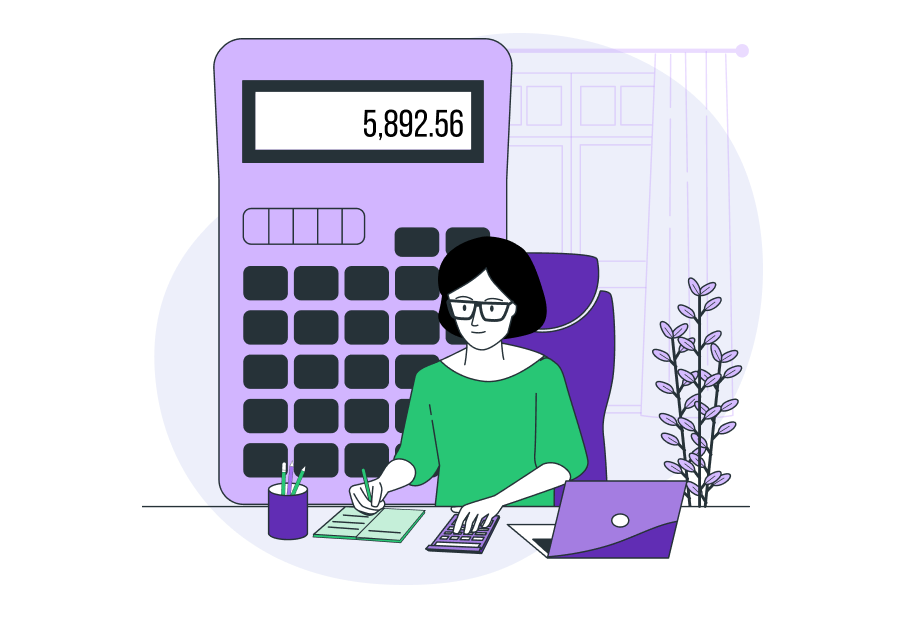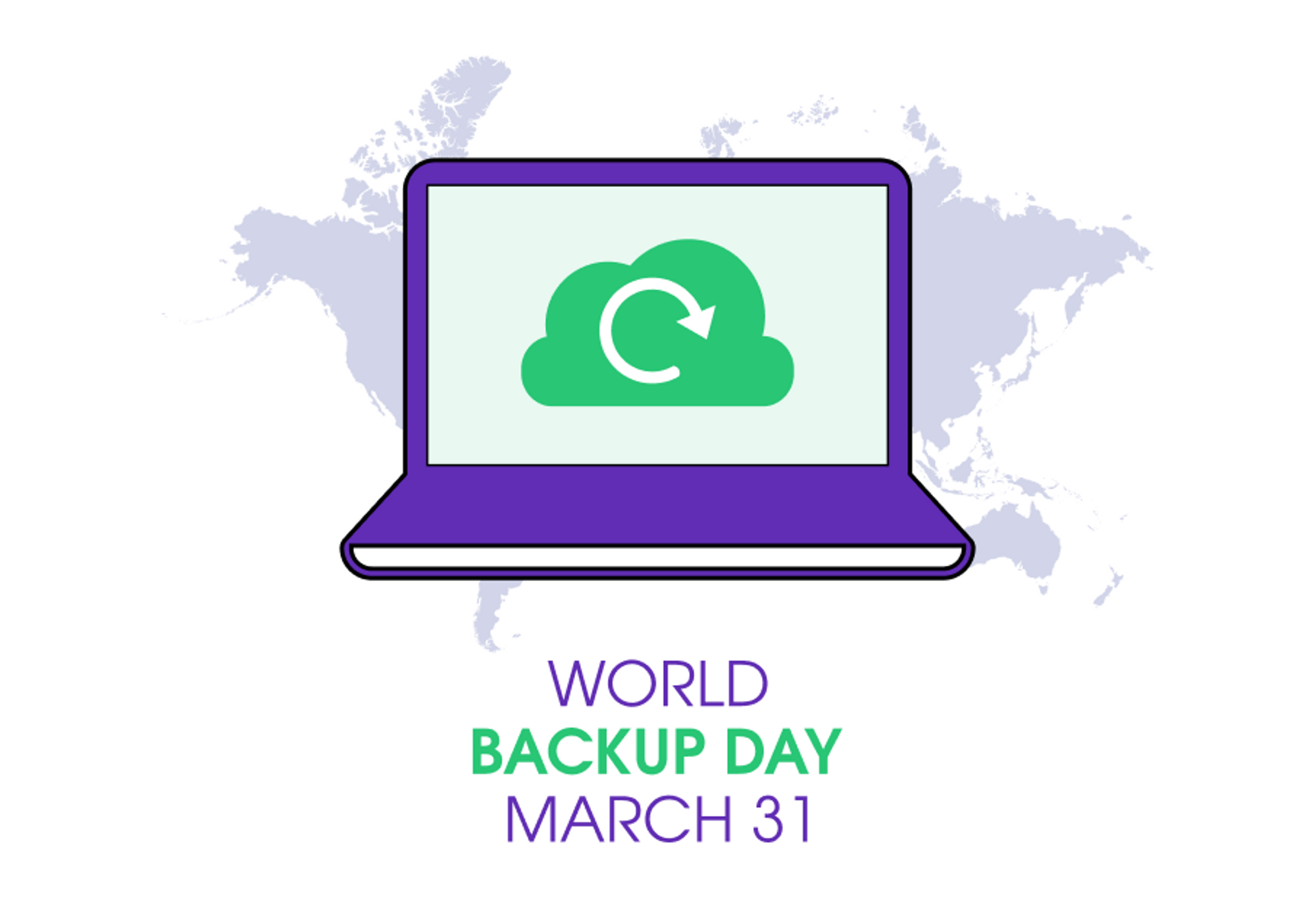The online and offline harassment of women is of ‘pandemic proportions’
Description: Facts, stats, and data on the rising incidents of sexual harassment and violence women face on the internet every day
Throughout history, the world has been unkind to women.
Mankind’s progress with new technology and inventions have not changed this sad reality. In fact, only the methods of harassment have mutated and metastasized with the times. Incidents of domestic violence, workplace harassment, and street-based harassment now have to contend with a new monster – online harassment.
Harassment in public and private spaces
Living in constant fear of stalking, staring and ogling, catcalling, inappropriate contact and remarks of sexual nature, particularly from men. For something as simple as walking down the street.
This is what it’s like for the women every day. Everyone has a story.

“Whether at home, on the streets or during war, violence against women and girls is a human rights violation of pandemic proportions that takes place in public and private spaces,” they state.
“In the Middle East and North Africa, 40-60% women have experienced sexual harassment while walking down streets. 44% of women in India have been groped in public. In Bangladesh, this figure climbs to a horrifying 84%.”
In the US, about 65% of the women experienced sexual harassment on the street.
It’s a sad commentary on our state of affairs since men don’t have to worry much about being catcalled or hounded off the streets. This is not to say they don’t face it at all, only that this ugly and incisive kind of ire is specifically reserved for women.
Harassment of women in online spaces
The internet and social media were conceived to make information sharing more democratic and open. While it has it’s good points, it’s becoming increasingly overshadowed by it’s dark side, one being the rise in online harassment against women.
Raise your hand if you have heard of terms like revenge porn, unsolicited pictures, deep fakes before 2010. Probably not, right? There’s a good reason why you heard of them only very recently.
These are all new-age crimes that were conceived to target women online.
Let the numbers speak for themselves:

What about social media? These platforms are not kind to women globally, and not enough is being done to make people feel safe online.
Here are some alarming stats from 2017 that targeted women:

Via Statista.com
How online harassment is gendered
Men need to be aware of an ugly truth. The level of harassment that women face online and offline is astronomically different from what men usually face.
Both on a qualitative and quantitative level, women have it worse. and here’s why: When men are harassed, it is usually done with the intent of shaming and embarrassing them.
When it comes to women, they are insulted, stalked, harassed and shamed online by trolls and perverts with a particular focus on their gender. The vitriol they experience is sexist, followed by threats of offline violence if they do not respond to their harassers.
It is not unusual for women to face threats of extortion, doxing, rape, even murder from random accounts or phone numbers.
Here is why men need to learn that women who share their horrible experiences should not be gaslighted or dismissed as ‘hysterical’:
- Imagine being a woman who has no option but to constantly look over her shoulder. They are frequently harassed both online and offline, and as a consequence, need to be hyper-vigilant at all times. It’s exhausting, draining, and stressful. Imagine living in fear of what’s around the corner. That’s how it is.
- When women are targeted over their gender, abuses and threats of a personal nature are not far off. Women from every background and culture are summarily targeted due to their race, sexuality, disability, or faith.
- Women still have to deal with sexist and patriarchal constraints. These factors limit women from working, enjoying fundamental constitutional rights, joining politics, and so on. These limits do not extend to men. These issues are not only limited to culture but also laws that discriminate against people on the basis of their gender.
- The objectification and dehumanization of women has become mainstream. Advertising, mass media, popular culture – it has seeped into every facet of our lives. Women are merely viewed as objects, not human beings.
Why is it easy for harassers to subject women to abuses so vile? The anonymity afforded by the internet to harassers is part of the reason. A belief that you can get away with it, while sitting behind a keyboard or smartphone from any corner of the world.
Not all men? It’s time for the men to do better
The point of these statistics and data is to educate the people in our life, especially men. The proliferation of smartphones and social media platforms have given birth to more depraved forms of harassment.
A change in mindset is not only required, but the need of the hour.
Here’s how men can help slowly make spaces safer for women.
When a woman confides in you, believe her the first time.
When a woman confides in you, believe her the first time.
Give her the benefit of doubt.
Reassure her.
Be mindful of cultural and personal sensitivities. Uphold her trust.
Involve the authorities if need be.
Be supportive.
As a victim, she needs your understanding and empathy, not blame.
It is time to #BelieveHer and combat online harassment. It is time to listen to her and be there. Talk to your peers, coworkers, and other stakeholders about the need for safe spaces and equal opportunities for women. It is doable, but it will take a collective effort from everyone to get there.
#RingTheAlarm
samir.yawar

March 2, 2023

2 years
suggested blogs

Just because you are doing something anonymously on the internet doesn’t mean your information is private and vice versa. While the terms ‘privacy’ and ‘anonymity’…
Read more

Planning the most-awaited vacation break soon but are having cyberattack nightmares? Or want to explore new destinations, yet the personal data breach headlines keep spreading…
Read more
Social media tracking has become an integral part of our daily lives, with social media platforms collecting data about our online behaviors, preferences, and interactions.…
Read more

Social media has become an essential part of our lives, with billions of people using various platforms to connect, share, and engage in different online…
Read more

Tax season can be a stressful time for many people, especially those who are filing their taxes for the first time. However, even seasoned filers…
Read more

April Fools’ Day is known for its playful pranks and harmless hoaxes. Unfortunately, cybercriminals also take advantage of this day to launch their own scams,…
Read more

Happy April Fool’s Day, internet friends! As a VPN company, we thought we’d celebrate the occasion by sharing some of the most ridiculous, unbelievable, and…
Read more

In today’s digital age, data has become a critical component of our lives. From personal photos and videos to important business documents, our digital information…
Read more

Description: This #InternationalWomensDay, we’re discussing ways women can protect themselves from online harassment Cybercrime is a serious issue that impacts everyone, but it can be…
Read more

This Valentine’s Day, share your sensitive dealings, not your feelings Valentine’s Day is supposed to be a day of love and letting yourself be vulnerable,…
Read more